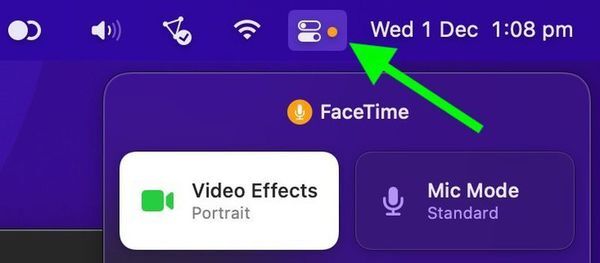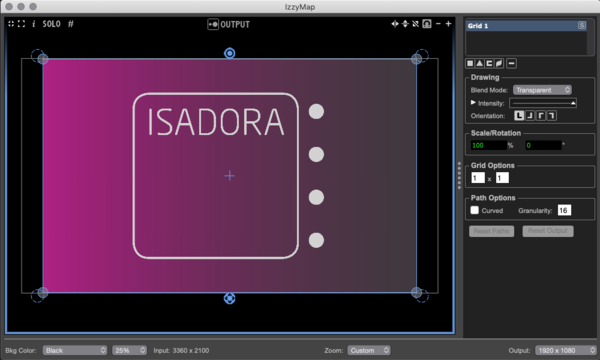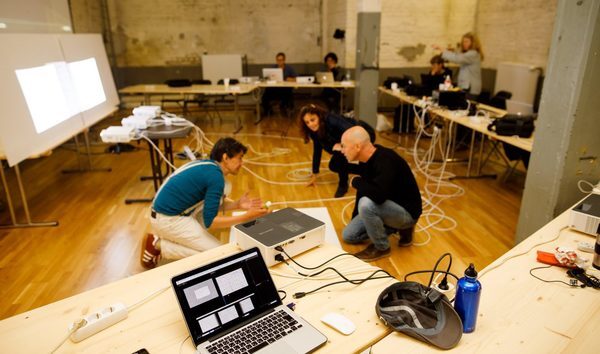
(via MacRumors)
If you have an app using your microphone in macOS Monterey, it represents itself by putting a little orange dot on your screen. It’s not particularly obtrusive if you’re, say, using your computer as an office worker or someone doing basic tasks.
But if you’re a professional, you may have a different opinion of it. It could be a small signifier that Apple is continuing to use its position to encroach on your turf, yet again.
We’ve seen this side of Apple before, whether the result involved them designing their pro machines to fit in elegant cases that are difficult to upgrade, or removing the ability to use certain types of hardware (specifically, Nvidia cards) from their operating systems for business reasons rather than consumer choice.
And, there is a pretty decent reason for the dot to be there, just to be clear; brought over from iOS, it’s seen as a way to ensure that users are aware that their audio is being recorded by one of the many apps on their system. It’s sort of the aural equivalent of the light next to the webcam on your MacBook.

A screenshot of the app Isadora, a popular tool among visual artists.
But the orange dot, which appears on every screen if a microphone-siphoning app is being used, has found a surprisingly loud base of critics among a small contingent of visual artists who point out, correctly, that having a hot microphone, at least in their cases, is actually kind of the point. Mark Coniglio, the creator of the graphical programming tool Isadora, put an impassioned comment on the forum for his company, Troikatronix, pointing out how this negatively affected stage performances:
In their infinite wisdom, Apple has added a security feature that negatively affects every audio/video app that uses one of the displays to output to a video projector, including our beloved Isadora. In MacOS Monterey, if any macOS app starts capturing audio an "orange dot" appears to warn you on the primarily display and on all secondary displays. In our particular case, this means that this orange dot appears on the stage output, which is totally unacceptable for anyone using macOS as a professional video tool that sends video output to a video projector.
Coniglio’s take could come off as a little over-the-top (“To have this dot rendered on top of video content intended for thousands of audience members makes my sizable investment in Apple hardware worthless,” he wrote) but at the same time, I honestly don’t blame him for being upset. This is literally his livelihood, and in trying to solve a problem for the vast majority of users, Apple created another one for an important niche audience of the type it loves to feature in commercials, but which doesn’t represent the regular user.
This disconnect was on display as this story got notice on Hacker News, with lots of commenters sounding unsympathetic to the plight of anyone who decided to use a Mac as their visual adaptor but chose not to spend extra money on a visual output tool they previously did not need. (On the plus side, the Hacker News link-off also led a programmer to come up with a quick hack to fix the problem, one that somewhat undermines the original use case.)

(via the Troikatronix website)
I’m not going to tell you that this dot is the worst thing in the world; for many users, it does something useful and maybe even saves their bacon in case, say, you’re in a Zoom call and you didn’t realize it.
But this little orange dot represents a lot. It represents the difference between your computer doing what you want it to do, and the maker of that computer deciding a solution for you. Now, in many cases, we are OK with the decisions that companies like Apple and Microsoft make, because they make our lives easier, or keep us more secure, or make things more consistent across platforms. But there is a contingent of computer users who are trying to push the edges of their computing devices, or are using them in ways that intentionally aren’t the norm, and that invisible hand creates problems for them.
This is an issue I’ve seen a lot in my own use cases, such as when I tried downgrading from a beta of Monterey to Big Sur. By creating for the 80 percent, they leave the 20 percent who are unmoored by the limits of their device frustrated, with the giant company scaring them off because they end up being a relatively unprofitable audience for them anyway. Just one problem with that, however: Those professionals can’t really leave, not if they built their career on Logic or Final Cut, just as an example.
Apple and Microsoft make most of their money off of people who use their products in normal ways. But the people who brush against the edges of those products represent a disproportionate amount of the mindshare. And they have that mindshare for a reason.
Time limit given ⏲: 30 minutes
Time left on clock ⏲: alarm goes off



